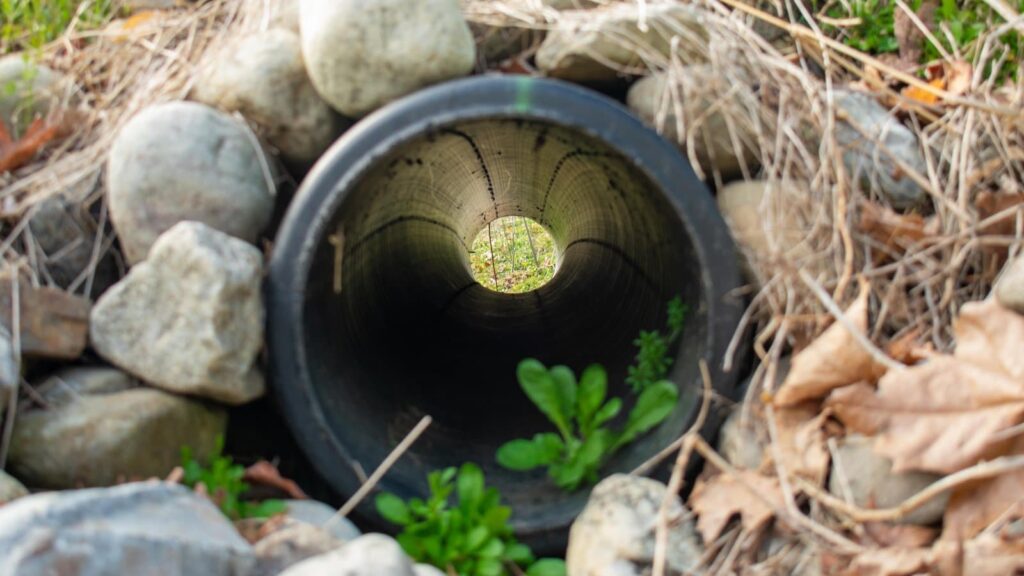How French Drains Help with Rodent and Pest Control
Many homeowners think French drains are only for managing excess water. While their primary function is to prevent water damage by diverting runoff, these drainage systems also play a critical role in pest control—especially when it comes to rodents and other moisture-loving pests.
In this guide, we’ll explain how a French drain acts as an effective pest barrier and why installing one properly is essential for protecting your home’s foundation and keeping pests at bay.
🐜 Why Water and Poor Drainage Attract Pests
Standing water and damp soil around your home create the perfect environment for pests like rodents, mosquitoes, termites, and ants. These pests thrive in moist conditions, which can lead to infestations that damage your property and pose health risks.
By addressing drainage problems, French drains remove excess moisture that attracts pests. Without the water sources that lure them, rodents and insects are less likely to invade your home.
💧 What Is a French Drain?
A French drain is a trench filled with gravel and a perforated pipe that channels water away from your foundation and yard. This system:
- Prevents water pooling around your home
- Reduces basement leaks and flooding
- Protects the foundation from water pressure damage
But beyond these benefits, a properly installed French drain also interrupts the pathways pests use to enter your home, acting as a physical and environmental barrier.
✅ How French Drains Help with Pest Control
- Eliminates Moisture Hotspots: By draining water efficiently, it removes damp conditions where pests breed and hide.
- Blocks Rodent Pathways: The gravel and pipe system creates an inhospitable environment for rodents trying to tunnel near your foundation.
- Prevents Mold and Mildew: Less moisture means fewer mold-related issues, which attract pests like termites and carpenter ants.
- Protects Your Foundation: Keeping the foundation dry reduces cracks and crevices that pests exploit to enter your home.
🛠️ How to Install a French Drain for Pest Prevention
While you can install a French drain yourself, ensuring it also serves as an effective pest barrier means following best practices:
- Plan the Drainage Path: Identify areas with standing water near your foundation and design the drain to lead water away at least 10 feet from your home.
- Dig the Trench: Aim for 18–24 inches deep and about 6 inches wide, with a gentle slope to allow water flow.
- Add Landscape Fabric: Line the trench to prevent soil clogging.
- Install Perforated Pipe: Place the pipe with holes facing downward to catch water efficiently.
- Fill with Gravel: Cover the pipe with gravel to discourage pests from burrowing.
- Cover and Finish: Wrap the trench top with fabric and cover with soil or sod for a clean look.
🔍 Signs You Need a French Drain for Pest Control
- Persistent water pooling near your foundation
- Basement dampness or flooding
- Frequent sightings of rodents or insects near your home’s base
- Cracks or erosion around your foundation walls
If you notice these signs, a French drain can be a smart, dual-purpose solution to water and pest problems.
👷 When to Call a Professional
Complex drainage issues or significant pest infestations might require expert help. Professionals can design a custom system that maximizes water diversion and pest prevention, ensuring long-term home protection.
Final Thoughts
French drains do more than just manage water—they create an effective barrier against rodents and pests drawn to moisture around your home. Installing one properly helps protect your foundation, reduce costly damage, and keep your living space safe and dry.
Don’t wait until pests and water cause serious problems. Invest in a French drain today and enjoy a healthier, pest-free home.

